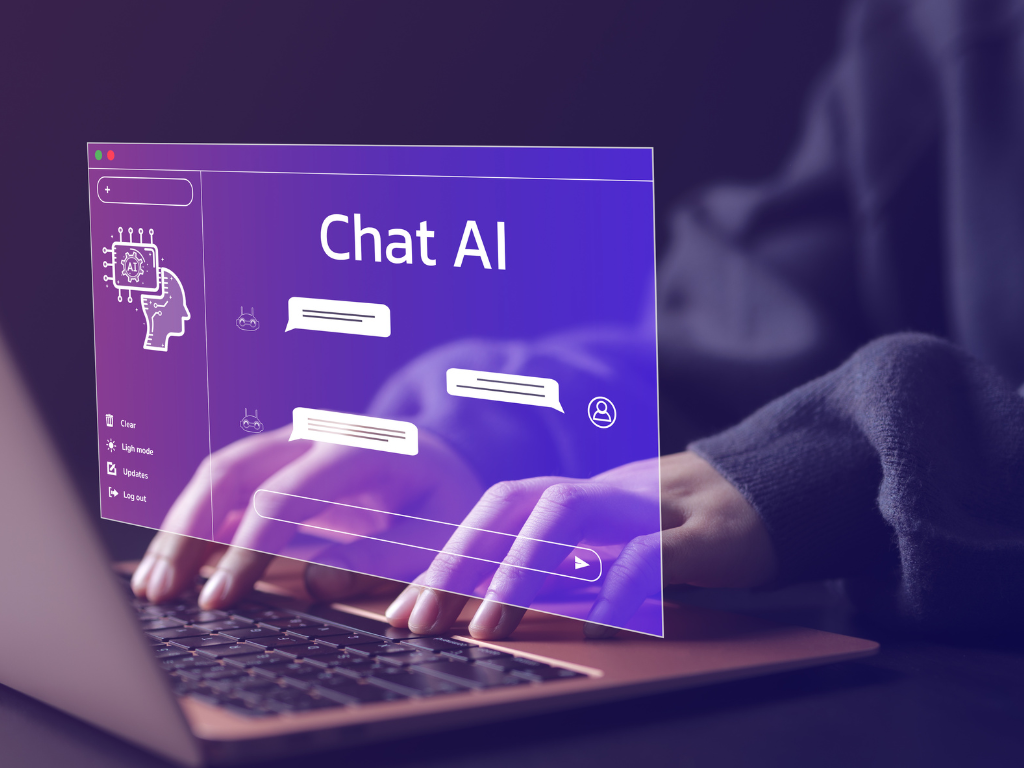[joli-toc]
The AI project lifecycle is a structured framework that guides the development of AI solutions from initial concept to deployment and beyond. This lifecycle encompasses several key phases: conceptualization, where needs and opportunities are identified; design, focusing on creating the AI model; data collection and preparation; model training and testing; deployment into production environments; and ongoing monitoring and maintenance. Each phase is crucial for ensuring the AI solution is effective, efficient, and aligned with business objectives.
The Role of AI Developers and AI Prompt Engineers in Shaping Projects
AI developers play a pivotal role in bringing AI projects to life. They are responsible for coding and developing AI models that meet the project’s requirements, working closely with data scientists to understand the data and with project managers to ensure alignment with project goals. AI prompt engineers, a specialized subset of AI developers, focus on designing and refining the prompts or instructions that guide generative AI models. Their work is critical in ensuring that AI systems generate relevant, accurate, and contextually appropriate responses. Together, AI developers and AI prompt engineers form the backbone of any AI project, turning abstract concepts into tangible solutions.
Conceptualizing AI Solutions
Identifying Needs and Opportunities for AI Integration
The first step in developing an AI solution is identifying the specific needs and opportunities within an organization where AI can add value. This requires a deep understanding of the business processes, challenges, and goals. AI developers and business analysts work together to pinpoint areas where AI can enhance efficiency, reduce costs, or open up new avenues for innovation. Whether it’s automating routine tasks, extracting insights from data, or creating entirely new services, the goal is to leverage AI to achieve measurable improvements.
Brainstorming and Concept Development with a Team of AI Experts
Once potential AI applications are identified, a team of AI experts, including developers, prompt engineers, and data scientists, engage in brainstorming and concept development sessions. These collaborative discussions aim to explore different AI approaches, technologies, and methodologies that could be used to address the identified needs. Creativity and innovation are key during this phase, as the team outlines possible solutions and begins to shape the vision of what the AI project could become.
Designing the AI Model

Key Considerations in Designing Effective AI Models
Designing an AI model requires careful consideration of several factors to ensure its effectiveness. These include the choice of algorithm, the structure of the neural network, data requirements, and the expected outcomes. AI developers must balance complexity with performance, striving for models that are sophisticated enough to handle the task at hand but not so complex that they become impractical to train or deploy. Scalability, interpretability, and fairness are also critical considerations during the design phase.
The Interplay Between AI Developers and Data Scientists in Model Design
The design of AI models is a collaborative effort between AI developers and data scientists. While developers focus on the technical aspects of model construction and implementation, data scientists contribute their expertise in data analysis, feature selection, and model tuning. This partnership ensures that the AI model is not only technically sound but also grounded in a deep understanding of the data it will process. Together, they refine the model design, ensuring it aligns with both the project goals and the available data, setting the stage for successful model training and deployment.
Data Collection and Preparation
Strategies for Data Collection and Annotation
Successful AI development starts with high-quality data. Collecting data involves identifying relevant data sources and gathering information in a way that supports the goals of the AI model. Annotation, the process of labeling data to make it understandable for AI, is crucial for training models, especially in supervised learning scenarios. Strategies include using in-house teams for high-quality, domain-specific annotations or leveraging crowdsourcing platforms for larger datasets. Ensuring diversity and representativeness in the dataset is essential to avoid bias.
Importance of Data Quality and Preparation in AI Development
The adage “garbage in, garbage out” holds particularly true in AI development. Data quality and preparation are foundational to building effective AI models. This involves cleaning data to remove inaccuracies, normalizing data to ensure consistency, and splitting data into training, validation, and test sets. High-quality data leads to more accurate, reliable, and unbiased AI models, underscoring the importance of meticulous data preparation.
Model Training and Testing

Approaches to Training AI Models Effectively
Training AI models is a complex process that involves feeding data through the model multiple times to help it learn and make predictions. Approaches vary depending on the model and the problem it aims to solve but generally include selecting the right algorithms, adjusting parameters, and using techniques like cross-validation to avoid overfitting. For deep learning models, utilizing GPUs and distributed computing can significantly reduce training time.
Best Practices for Testing and Validating AI Models
Once an AI model is trained, rigorous testing and validation are crucial to ensure its accuracy and effectiveness. This involves using unseen data to test the model’s predictive capabilities and adjusting the model as needed based on performance. Best practices include continuous monitoring of model performance over time, using real-world scenarios to validate outcomes, and ensuring the model remains unbiased and fair.
Deployment and Integration
Challenges in Deploying AI Models into Production
Deploying AI models into production presents several challenges. These include ensuring the model performs well in real-world conditions, integrating the model with existing systems and processes, and addressing any scalability issues. Ensuring data privacy and security, particularly with sensitive information, is also a critical challenge that must be addressed before deployment.
Ensuring Seamless Integration with Existing Systems and Processes
Integration is key to the successful deployment of AI models. This means the model must work within the existing technological ecosystem, requiring careful planning and collaboration between AI developers, IT teams, and operational staff. Strategies for seamless integration include using APIs to connect AI models with existing applications, adopting microservices architecture for flexibility, and ensuring that the model can be updated easily without disrupting existing processes.
Monitoring and Maintenance
Ongoing Monitoring for Performance and Accuracy
After deploying AI models, ongoing monitoring is essential to ensure they continue to perform as expected. This involves regularly evaluating the model’s accuracy and effectiveness in real-world applications. Monitoring tools and dashboards are often used to track performance metrics, identify any drift in data or model behavior, and flag potential issues that might require attention. This proactive approach helps maintain the reliability and accuracy of AI applications over time.
Routine Maintenance and Updates by AI Development Teams
AI models are not set-and-forget systems; they require routine maintenance and updates to stay relevant and effective. AI development teams play a crucial role in this process, conducting regular reviews of the models to apply updates, incorporate new data, or retrain models to adapt to changing conditions. Maintenance activities also include refining algorithms and adding features to enhance model capabilities, ensuring the AI solution remains at the forefront of technological advancements.
The Role of AI Prompt Engineers in Project Success

Specialized Contributions of AI Prompt Engineers in AI Projects
AI prompt engineers specialize in designing and refining the prompts that guide generative AI models, such as those used in natural language processing and creation tasks. Their expertise is critical in determining how effectively an AI model can understand and respond to user inputs. By crafting precise and context-aware prompts, AI prompt engineers enhance the model’s ability to generate relevant, accurate, and coherent outputs, significantly contributing to the success of AI projects.
Bridging the Gap Between AI Potential and Practical Applications
AI prompt engineers play a key role in translating the theoretical potential of AI into practical, real-world applications. Through their understanding of both the capabilities of AI models and the needs of end-users, they bridge the gap between what AI can do and what users need it to do. This synergy between technological potential and user-centric design is crucial for creating AI solutions that are not only powerful but also usable and effective in everyday scenarios.
Conclusion
The field of AI development is rapidly evolving, with new technologies, methodologies, and applications emerging regularly. This progression is expected to continue, opening up new avenues for innovation and expanding the scope of what AI can achieve. For AI professionals, this dynamic landscape offers exciting job opportunities and career paths, especially for those who specialize in emerging roles like AI prompt engineering. Staying abreast of trends and continuously developing skills will be key for professionals looking to thrive in the future of AI development.


